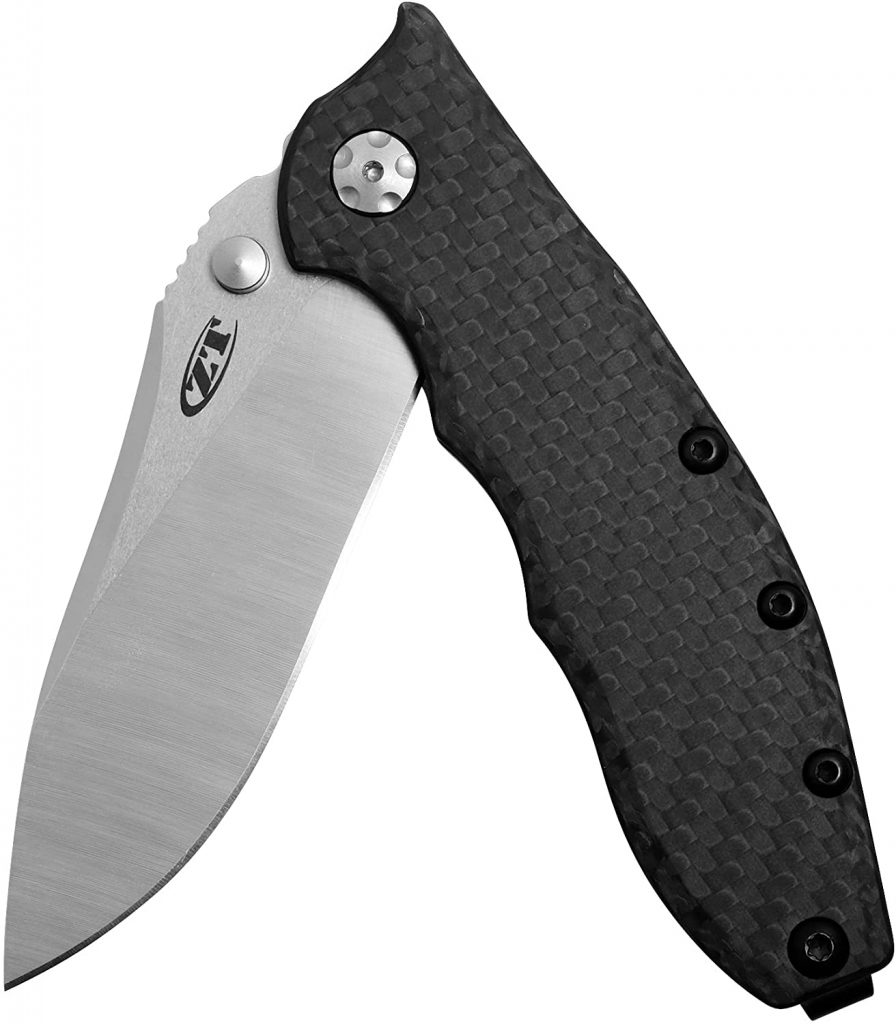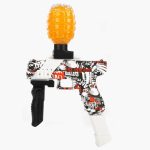I. Introduction

A. Importance of personal safety and self-defense for women
In today’s world, personal safety and self-defense have become significant concerns, especially for women. Empowering women with the knowledge and tools to protect themselves is crucial for maintaining their safety and well-being. By taking proactive measures, such as learning self-defense techniques and carrying self-defense tools like knives, women can gain a sense of confidence, security, and empowerment.
B. The role of self-defense knives in creating a sense of security and empowerment
Self-defense knives can be a valuable asset for women in dangerous or threatening situations. These knives are specifically designed to aid in self-defense by providing a means of protection and creating a barrier between oneself and an aggressor. Carrying a self-defense knife can instill a sense of assertiveness and empowerment, enabling women to feel more in control of their personal safety.
II. Understanding Self-Defense Knives
A. Definition and purpose of self-defense knives
Self-defense knives, also known as tactical knives or personal defense knives, are handheld tools designed for self-protection. Unlike ordinary pocket knives, these knives are specifically crafted to be efficient and effective in high-pressure situations. They typically feature a sturdy construction, a fixed or folding blade, and various safety mechanisms to ensure ease of use and quick deployment.
B. Legal considerations and regulations surrounding carrying self-defense knives

- Understanding local laws and regulations
Before purchasing or carrying a self-defense knife, it is imperative to familiarize oneself with the local laws and regulations regarding such weapons. Laws regarding the legal length, permitted carry methods, and restricted areas for carrying knives vary from region to region. It is essential to conduct thorough research and consult local authorities or legal professionals to ensure compliance with the law.
- Ensuring responsible and informed use
When owning and carrying a self-defense knife, responsible and informed use is of utmost importance. Understanding and respecting the limitations and potential consequences of using such tools is crucial. It is essential to only use self-defense knives in situations where one’s personal safety is at risk and to never use them as offensive weapons or to threaten others.
III. Choosing the Right Self-Defense Knife
A. Evaluating features and characteristics for effectiveness and safety
- Blade length and type
The length and type of blade greatly influence a self-defense knife’s effectiveness. An ideal blade length for a self-defense knife typically ranges between 2.5 to 4 inches. A shorter blade allows for better maneuverability, while a longer blade offers extended reach. Blade types such as tanto, drop-point, or spear-point can serve different purposes, and their selection depends on personal preference and intended usage.
- Handle material and grip
The handle material and grip affect the overall comfort, control, and safety of using a self-defense knife. Materials like reinforced polymers, G10, or textured metals offer improved grip and durability. It is essential to choose a handle that suits one’s hand size and provides a secure grip, even in wet or slippery conditions.
- Safety mechanisms and ease of deployment
Self-defense knives often feature safety mechanisms like locking systems or spring-assisted opening mechanisms. These mechanisms ensure secure handling and prevent accidental blade deployment. It is crucial to choose a knife with easy and quick deployment methods, allowing for immediate access in high-stress situations.
B. Considering personal preferences and physical abilities

- Weight and size considerations
When selecting a self-defense knife, personal preferences and physical abilities should be considered. Factors like weight and overall size should be evaluated based on individual comfort and dexterity. A knife that feels too heavy or bulky may be difficult to handle effectively, while a lightweight and compact design may be more suitable for someone with smaller hands or limited strength.
- Handle design and ergonomics
The handle design and ergonomics play a vital role in a self-defense knife’s usability and comfort. A handle with an ergonomic shape, finger grooves, or a textured grip can enhance control and prevent slippage during use. It is recommended to physically hold and handle different knife options to evaluate their ergonomics and select the one that feels most comfortable and secure.
Ⅳ. Basic Knife Handling and Grip Techniques:
A. Correct Grip and Hand Positioning for Effective Strikes:
Proper grip is essential for effective strikes with a self-defense knife. This section will outline various grip techniques, such as the hammer grip and the ice pick grip, along with the advantages and disadvantages of each. Additionally, tips on hand positioning and muscle memory development will be provided through practice drills.
B. Essential Self-Defense Moves and Strategies:

- Targeting Vulnerable Areas for Maximum Impact: Knowing the vulnerable areas of an attacker’s body is crucial for self-defense. This section will discuss the target areas that can incapacitate attackers, such as the eyes, throat, groin, and joints. Techniques for striking these areas effectively will be demonstrated and explained.
- Escaping Techniques and Creating Distance from Potential Threats: When faced with an imminent threat, it is vital to know how to escape and create distance. This section will cover self-defense techniques such as joint locks, pressure points, and leverage techniques, which can facilitate escapes from grabs, holds, and chokes. Techniques for creating distance and de-escalating tense situations will also be explored.
- Situational Awareness and De-escalation Tactics: Preventing an altercation altogether is often the best form of self-defense. This section will emphasize the importance of situational awareness and provide practical tips to remain vigilant in various environments. De-escalation tactics, including verbal assertiveness and boundary-setting skills, will be discussed to help women avoid violent situations.
Ⅴ. Maintaining and Storing Self-Defense Knives:

A. Proper Cleaning and Maintenance to Ensure Optimal Performance: Regular maintenance of self-defense knives is essential to ensure their effective functioning. This section will offer step-by-step instructions on cleaning, lubricating, and inspecting knives for any damage or wear. It will also provide insights into sharpening techniques and recommended tools.
B. Safely Storing Self-Defense Knives to Prevent Accidents or Unauthorized Access: Proper storage of self-defense knives is crucial to prevent accidents and unauthorized access. This section will address the importance of secure storage options, such as locked cases or safes, and considerations for carrying knives in public spaces legally and responsibly.
Conclusion:
Empowering women through self-defense is an ongoing endeavor that requires knowledge, practice, and a supportive environment. By equipping women with the necessary skills, advocating for alternative self-defense tools, and fostering a culture of support and empowerment, we can contribute to a society where women feel safe, confident and in control of their personal safety.


